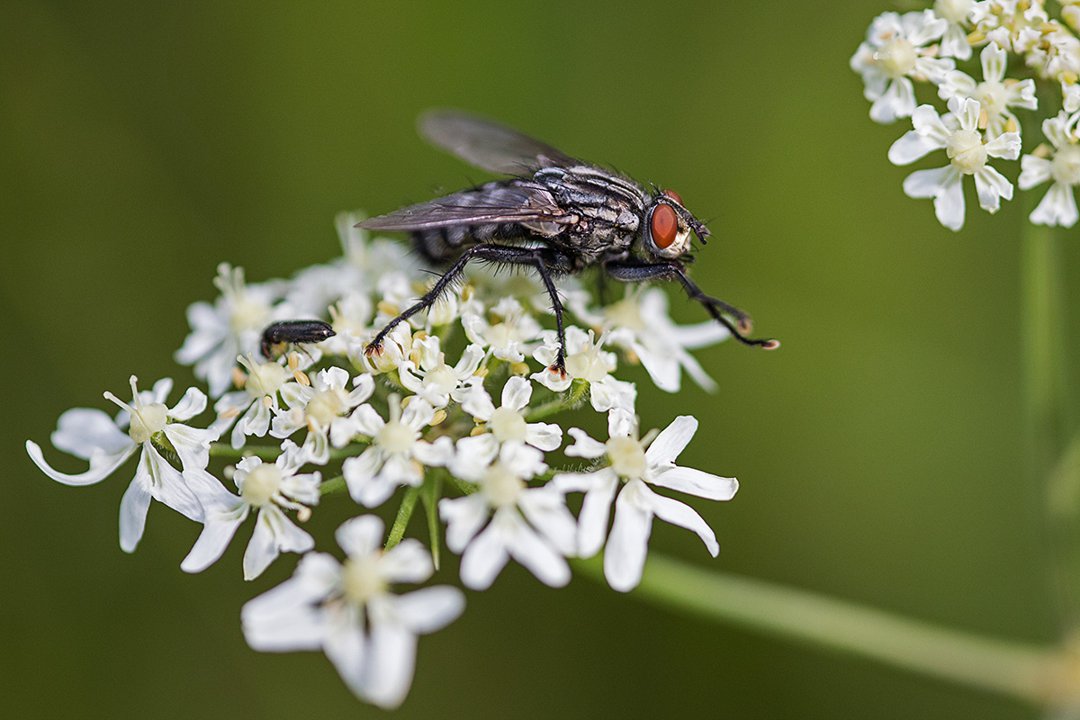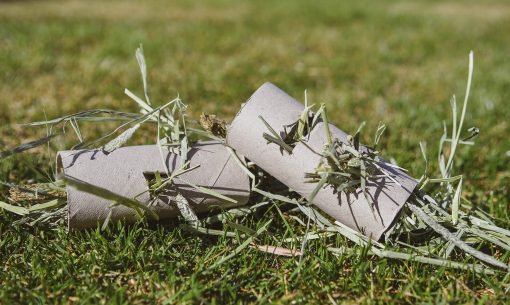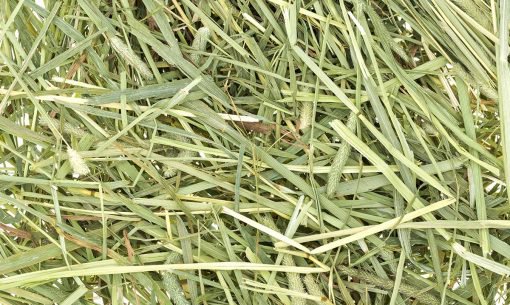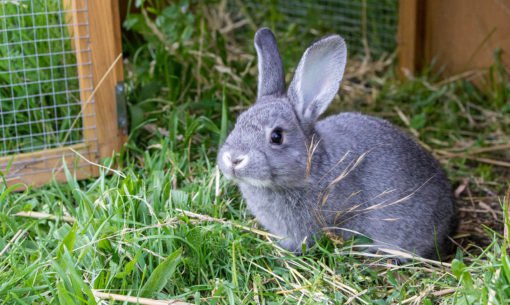Need-to-knows: An owner’s guide to Flystrike in Rabbits
Is flystrike really caused by flies?
Yes – flystrike in rabbits, or ‘myiasis’, happens when a fly lays eggs on your rabbit, which hatch into maggots. In the UK, this is usually the green bottle fly, but flystrike can also be caused by other fly species. This gruesome condition involves maggots feeding on tissue, typically around your poor bunny’s backend, which can cause significant damage. This can be exceedingly painful and may cause your pet to go into shock. If left untreated, flystrike can quickly become fatal. Read on for all our flystrike need-to-knows, and if in doubt call your vet for advice.
Need-to-knows
- Each fly can lay up to 200 eggs
- Maggots can hatch from the eggs within 9 hours
- Maggots can cause damage to your bunny’s flesh within 24 hours of the original fly laying eggs
Myth-busting
- Maggots only infect existing wounds. FALSE – although maggots are well-known for clearing away dead or damaged tissue, they will also feed on healthy areas. A wound may increase the chance of your rabbit getting flystrike, but only because it can attract more flies to lay their eggs.
- Flystrike in rabbits only occurs in the summer. FALSE – flystrike is more common during the summer months, and extra precautions are recommended at this time of year. However, rabbits can develop myiasis during any season and you should check your rabbit daily, even in winter months.
- Flystrike will not affect an indoor rabbit. FALSE – those pesky flies can get just about anywhere, and infestation with maggots can happen thanks to a single fly laying eggs on a rabbit. While indoor rabbits may be at lower risk, they can still develop flystrike.

Strike-out flystrike: prevention is better than cure
The good news is that there are plenty of things you can do to reduce the risk of flystrike in your rabbit. One of the best ways to beat the bugs is by keeping your pet and their environment clean and dry. Consider how often you clear out their hutch and use pet-friendly cleaning products such as Keep It Clean from our Tiny Friends Farm range. Here are some more top tips:
- Check your rabbit over twice a day, paying particular attention to their bottom area. You want to keep an eye out for anything that might attract flies to your rabbit. This includes urine or faeces that are stuck in their fur which should be gently wiped away. If you notice a wound on your rabbit, or any signs of flystrike, contact your vet for advice as soon as possible.
- Groom your rabbit regularly, particularly if they are unable to do a good job themselves for any reason. This could include old age, arthritis, obesity and dental disease. If your rabbit gets a dirty backend this should be cleaned at least twice a day.
- Feed your bun a balanced diet. More than 70% of this should be a high-quality hay – our Russel Rabbit Tasty Hay or Science Selective Timothy Hay are a popular choices. Too many fresh veg or fruit can lead to diarrhoea, a risk factor for flystrike. Molasses is also an ingredient to avoid in your bunny’s diet as this can cause digestive upset, so it is best to opt for foods with no added sugar.
- Environmental protection can be helpful too. Consider fly screens to protect your rabbit’s hutch and planting naturally insect-repellent plants close-by such as rosemary or peppermint.
- Ask your vet for suitable spot-on treatments to help deter flies and reduce the number of eggs that hatch into maggots. These products should be used as part of an overall management plan and are designed to be used in combination with the above tips, not to replace them.
How to treat flystrike in rabbits
Flystrike is a medical emergency which can be fatal. It progresses very quickly and is a big animal welfare concern if left untreated. If you spot any signs of flystrike on your rabbit, contact a vet immediately for advice. There are no suitable home treatments for flystrike, so veterinary care is essential. Your rabbit will usually need to be admitted to hospital and will be given an appropriate painkiller. They may also require fluids to help manage shock. All maggots and eggs will need to be removed, which sometimes requires a sedation, and fur may need to be clipped away during the process.
Flystrike in rabbits sounds alarming and can be very serious. If you have any questions about how to reduce the risk in your beloved pet, contact your vet practice for guidance.




